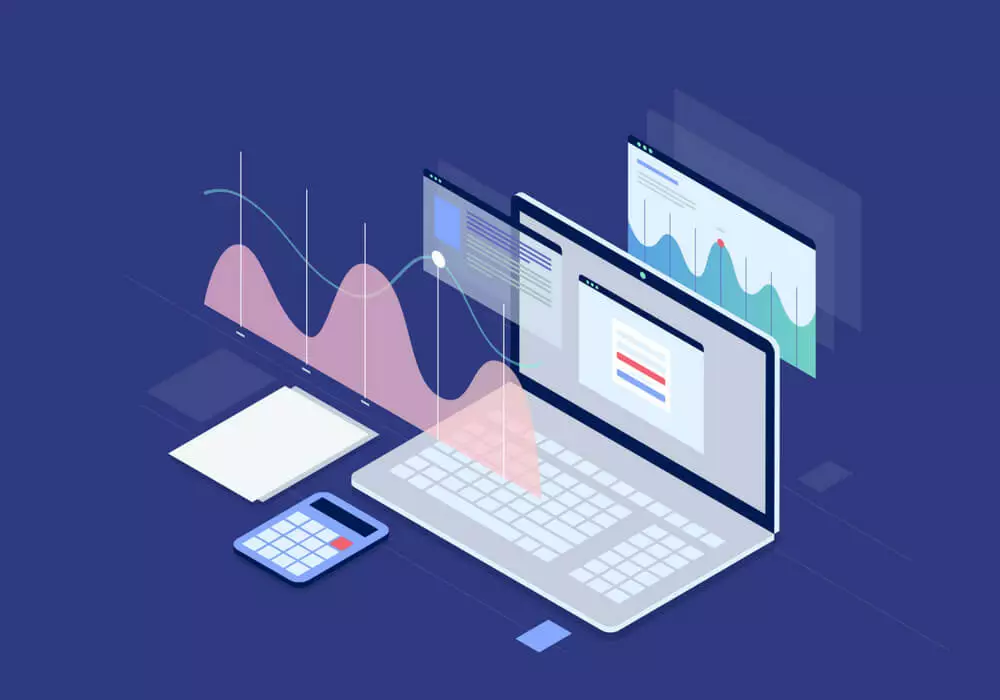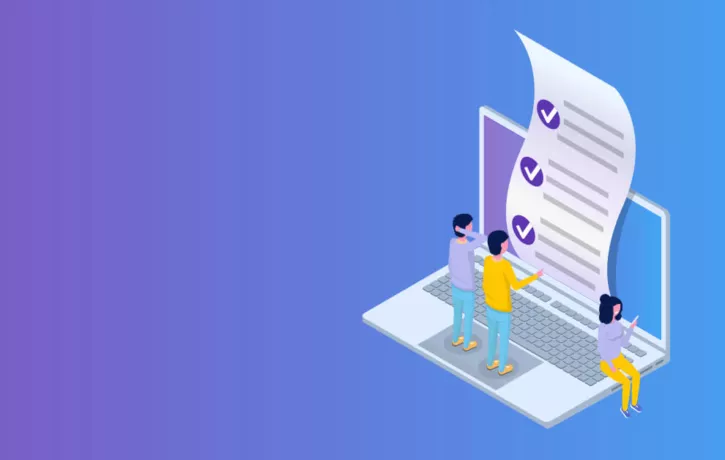When hiking up a mountain, one of the best parts is reaching the view at the top. After the time spent planning your trek, packing your gear, and doing the climb, looking down at your accomplishment is extremely gratifying.
Customer onboarding is a similar journey.
When taking the steps to onboard a new customer to you platform, successful software adoption is that view from the top. The achievement is the result of small steps: planning, implementing, and solving technical challenges that arose along the way.
Experiencing churn? Simplify customer onboarding and boost retention today.
But, what if something goes wrong along the way? What if you lose your footing and take a tumble down a few meters? Encountering challenges along the customer onboarding journey is nearly inevitable. However, you are more likely to prevent churn if you know what mistakes to avoid.
The importance of effective customer onboarding

For SaaS companies, the customer onboarding process is critical for ensuring customer satisfaction and preventing churn.
The ideal onboarding process is simple and straightforward. It also helps get your clients excited about the new capabilities your platform will enable them to unlock.
Exceeding your customers’ expectations during the onboarding phase will keep customers loyal. On the other hand, a poor onboarding experience will likely lead to premature customer churn.
Onboarding is a lengthy process with many turns in the road; make sure your customers stay on track through the entire journey.
Don’t make these mistakes during the customer onboarding process.
1. Not providing enough support during the planning stages
Even before it’s time to implement your software, it’s important for your customer success teams to be highly communicative with your clients.
During the planning stage, you should address the following:
- Clarity on how the software can be used
- How it will affect workflow
- Issues that are likely to arise as employees learn the new system
- Any other common change management issues
Setting customer expectations is an important part of the planning stage. Afterward, be a resource for any questions or uncertainties that the customer may. This will create an open communication path through the rest of the software adoption process.

2. Failure to demonstrate long-term value
Customers want to know that they invested in something that will provide value to their team.
Product features are a great pull to get people interested, but it’s even more important to make sure customers understand the big picture value of your product. Does the tool provide useful data that will help them solve a business problem? Does it make their employees more productive? Does it automate processes and increase overall efficiency?
Rather than focusing on your product’s bells and whistles, center your customer onboarding around its broader, long-term value.
3. Not being “on-call” during implementation
There is no doubt that questions will arise during the implementation period. Anticipate that you will need to support the client a bit more during this stage.
Companies with the most attentive customer service send a support representative to a customer’s office to help guide the implementation in-person. If this isn’t possible, the next best thing is to make sure you have resources available to answer incoming questions on the phone.
Without support, the client will become frustrated right off the bat.
The implementation period is also a great time to ask for feedback. After answering their questions, ask the customers how you can support them better. Each customer needs a different amount of support, so knowing that balance can be a big help.
4. Not taking a role in employee training
Although it’s not traditionally the software vendor’s job to train the end-users, you can vastly improve the onboarding process by lending your expertise during employee training.
In addition to responding to questions during the onboarding period, your representatives can help ensure the employee training is successful by:
- Providing tips and training best practices based on other customers’ experiences
- Advise training professionals where employees commonly experience friction
- Offer solutions for these challenges
- Recommend digital training solutions to improve employee time-to-productivity and reduce IT support tickets.

5. Disappearing After Implementation
It’s a great feeling to have successfully onboarded a customer to your product. But, don’t stop there! Customers will drop you fast if you don’t provide ongoing, personalized support for the entire duration of the agreement.
Follow-up is critical to making your customers happy and preventing churn. The follow-up could be done via weekly or monthly emails or calls. Customers want to know that they are still on your radar, or they will take you off theirs.
If available, check the analytics or data of product usage to see how the customer is interacting with it. This could set the tone for how often, when, or with what information you need to follow up.
Customer onboarding is a climb, but taking the right steps on the product adoption curve can make that view from the top much sweeter.

